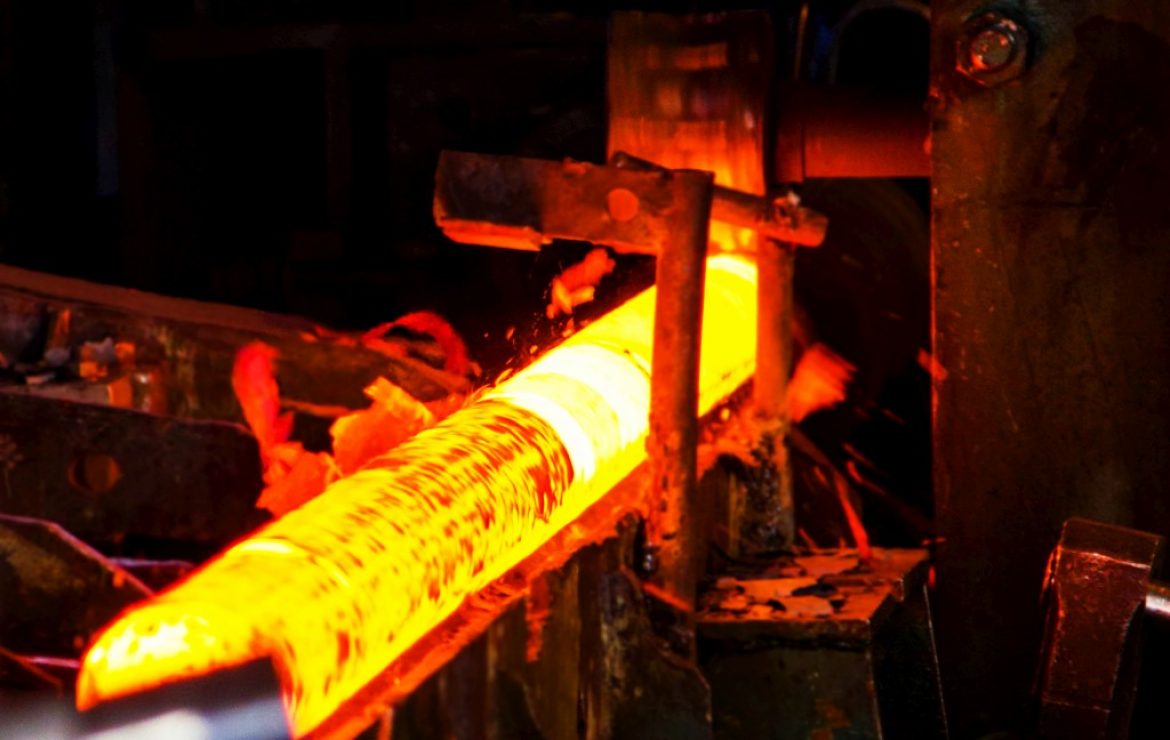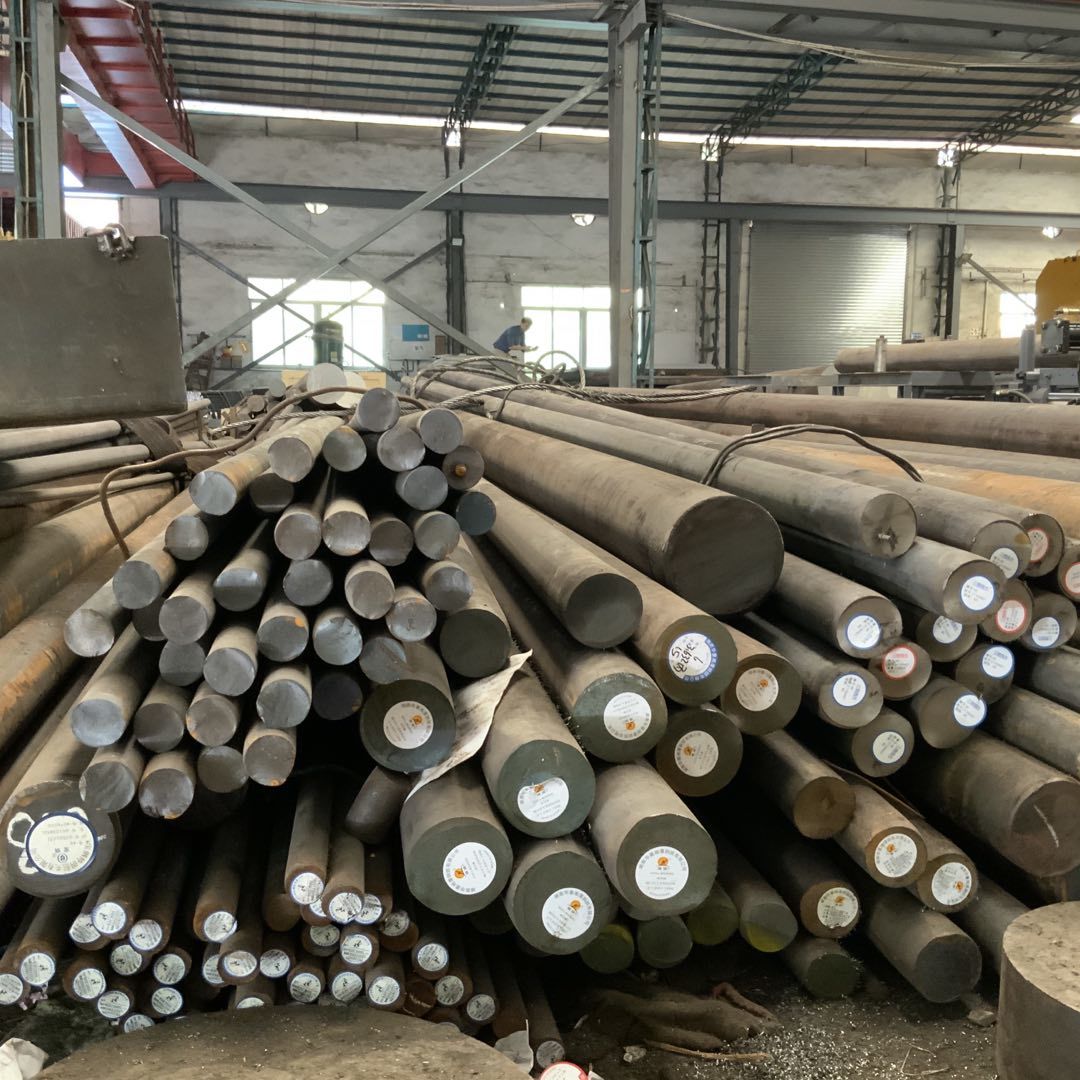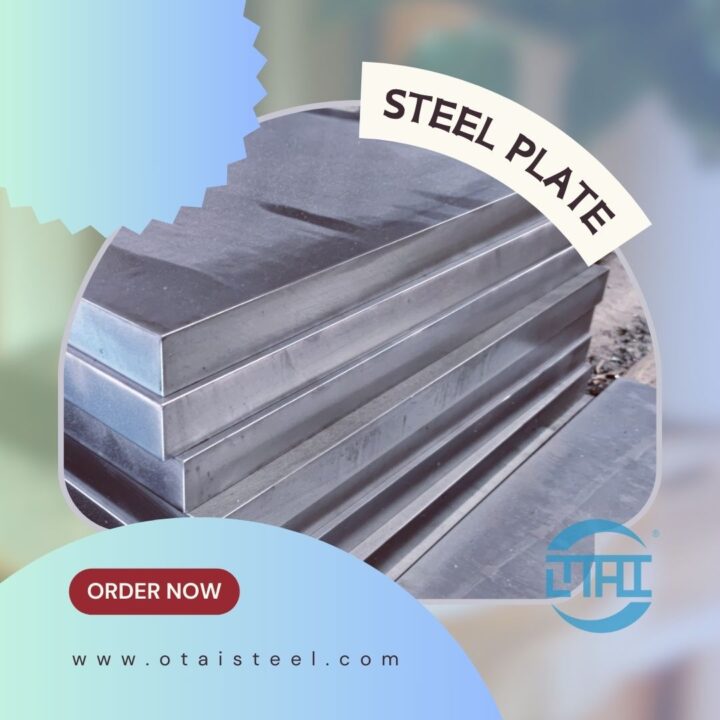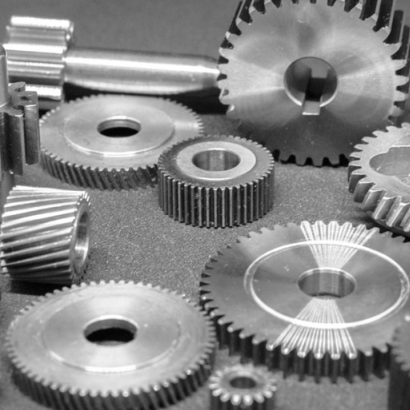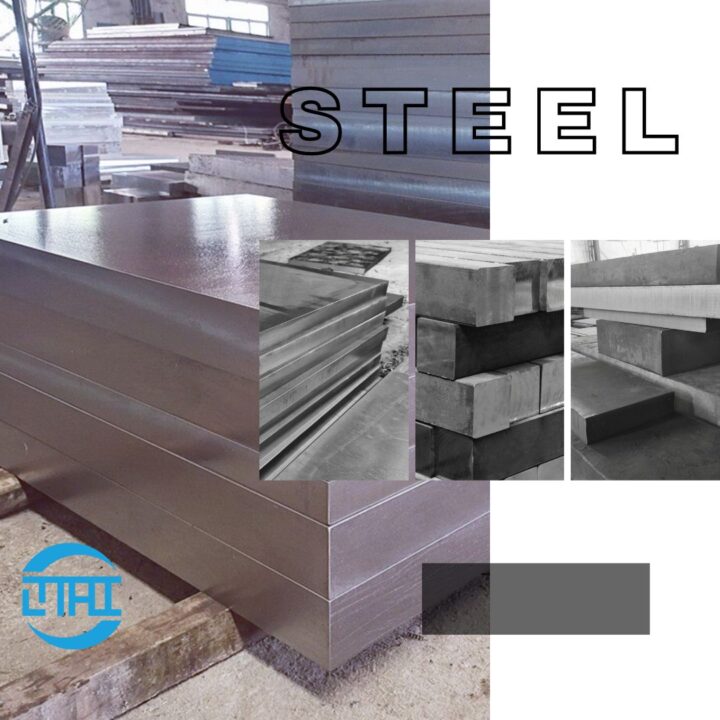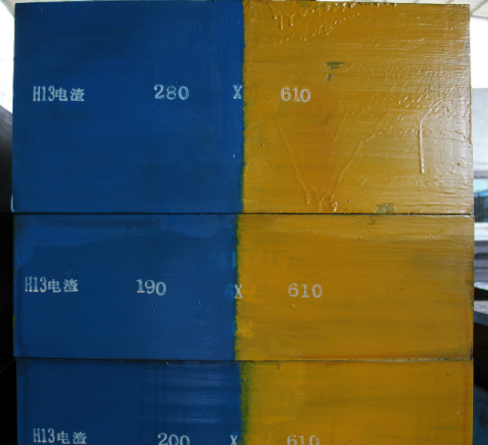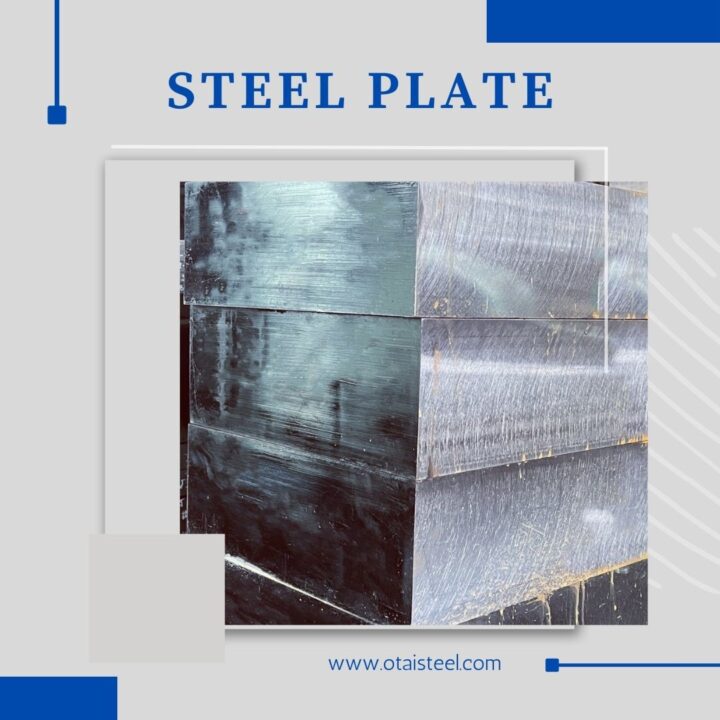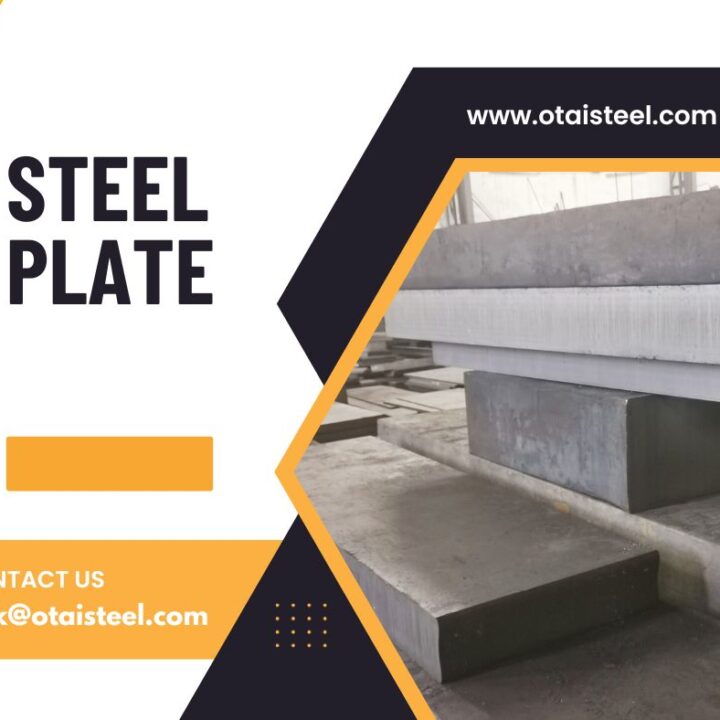8620 steel belongs to the low-alloy nickel-chromium-molybdenum family of steels. Its chemical composition includes carbon, manganese, silicon, nickel, chromium, and molybdenum. This alloying composition contributes to the steel’s exceptional strength and toughness.
Importance of Heat Treatment in Steel Alloy
Heat treatment plays a crucial role in unlocking the full potential of steel alloys like 8620. By carefully controlling the heating and cooling processes, it is possible to achieve specific microstructures and mechanical properties that are tailored to the intended application.
The Heat Treatment Process for 8620 Steel
The heat treatment process for 8620 steel involves various stages, each designed to impart specific properties to the material. The primary heat treatment techniques used for optimizing the mechanical properties of 8620 steel include annealing, quenching and tempering, austempering, and case hardening.
Annealing for Improved Machinability
Annealing is a softening heat treatment used to improve machinability and reduce internal stresses. It involves heating the steel to a specific temperature and then slowly cooling it to produce a fine-grained microstructure, making it easier to machine and work with.
Quenching and Tempering for Increased Hardness
Quenching and tempering is a two-step heat treatment process. First, the steel is heated to a high temperature and then rapidly quenched in a liquid medium to achieve a hard, martensitic structure. Subsequently, tempering is performed to reduce brittleness and achieve the desired combination of hardness and toughness.
Austempering for Enhanced Toughness
Austempering involves quenching the steel into a medium that maintains a specific temperature range, resulting in a bainitic microstructure. This process enhances the toughness and ductility of 8620 steel, making it ideal for applications requiring impact resistance.
Case Hardening for Wear Resistance
Case hardening, also known as carburizing, is a surface heat treatment process. It involves adding carbon to the surface layer of the steel to increase hardness and wear resistance while retaining the toughness of the core.
Effects of Heat Treatment Parameters
The mechanical properties of 8620 steel can be significantly influenced by various heat treatment parameters, such as heating and cooling rates, holding times, and quenching media. Fine-tuning these parameters is essential to achieve the desired microstructure and properties.
Optimizing Heat Treatment for Specific Applications
The selection of the most appropriate heat treatment process depends on the specific application requirements of 8620 steel. Engineers and metallurgists carefully tailor the heat treatment process to achieve the desired balance of strength, toughness, and wear resistance.
Advanced Heat Treatment Techniques
Continued research and development in metallurgy have led to the emergence of advanced heat treatment techniques that further optimize the properties of 8620 steel. These include cryogenic treatment, thermochemical treatments, and laser heat treatment, among others.
Quality Control and Testing in Heat Treatment
Ensuring the quality and reliability of heat-treated 8620 steel is crucial. Quality control measures, including non-destructive testing and microstructure analysis, are employed to verify that the material meets the desired specifications.
Realizing the Full Potential of 8620 Steel
The optimized mechanical properties of heat-treated 8620 steel make it an invaluable material for a wide range of applications, including gears, shafts, couplings, and structural components. Understanding the unique benefits of different heat treatment processes allows manufacturers to leverage the full potential of this versatile steel alloy.
By unlocking the full potential of 8620 steel, engineers and designers can create reliable, high-performance components that contribute to the advancement of various industries.
